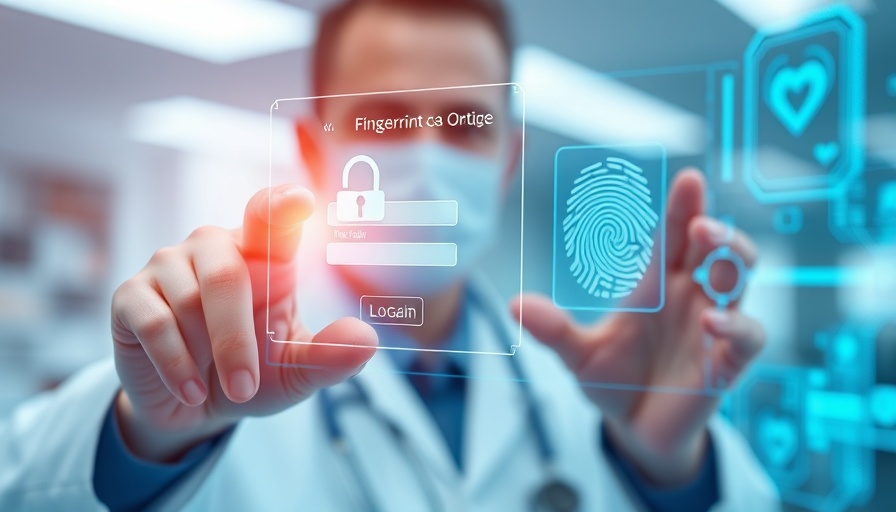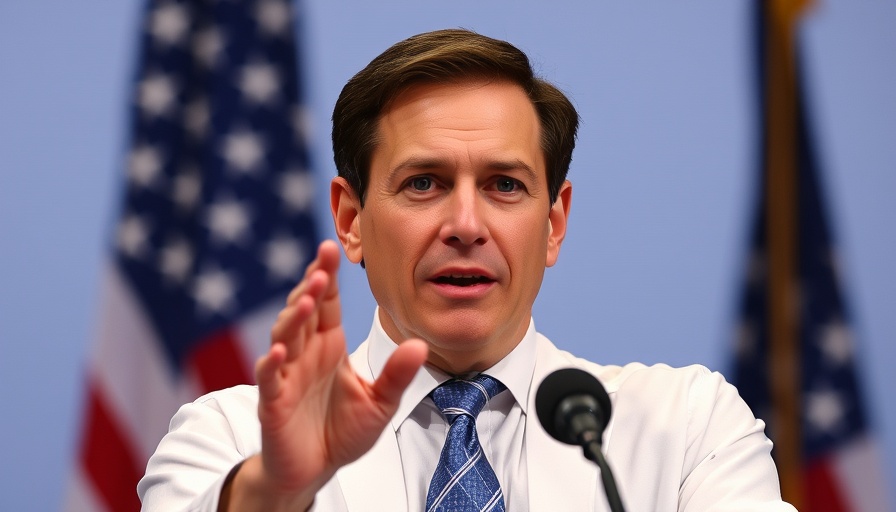
Why Passwordless Authentication is Critical for Healthcare
In the rapidly evolving landscape of healthcare technology, ensuring the protection of sensitive patient information is paramount. The increasing reliance on digital tools, coupled with the prevalence of human error in cybersecurity, has made the need for innovative solutions urgent. A recent report from Proofpoint indicates that most Chief Information Security Officers (CISOs) identify human error as the leading cybersecurity risk. This highlights the necessity of adopting passwordless authentication methods that not only protect sensitive data but also enhance the efficiency of healthcare workflows.
The Benefits of Biometrics in Healthcare
Biometric authentication, which uses facial recognition and fingerprint scanners, simplifies access to critical applications. This method eliminates password fatigue—one of the chief frustrations faced by healthcare workers today. By seamlessly integrating biometrics into their daily operations, medical staff can focus more on patient care than on remembering long passwords. But the benefits extend beyond mere convenience; biostatistics show that biometrics can significantly reduce unauthorized access, making healthcare environments safer.
How Magic Links Streamline Patient Access
Magic links offer a simple solution to the challenge of forgotten passwords. When staff members receive a link sent to their verified email, they can instantly log into patient portals. This approach is particularly beneficial in high-pressure settings where quick access to information is essential for patient care. By reducing login time, healthcare professionals can spend more time attending to patients rather than troubleshooting login issues.
The Role of Smart Cards and Tokens in HIPAA Compliance
Smart cards and physical tokens that generate secure codes can significantly reinforce cybersecurity protocols in healthcare. These devices not only reduce password-related stress but also offer robust protection against unauthorized access, aligning with HIPAA requirements. The tangible nature of these tokens makes them difficult to hack remotely, providing healthcare facilities with peace of mind during audits and regulatory checks.
Persistent Cookies: Enhancing Workflow Efficiency
Persistent cookies maintain authentication automatically in users' browsers, enhancing workflow efficiency by eliminating repetitive login prompts. This behind-the-scenes operation allows healthcare staff to concentrate on patient care without the distraction of constant logins. The less time spent managing passwords means more time for crucial patient interactions and care.
Text Messaging and App Codes: Simplifying Authentication
Another innovative approach to passwordless authentication involves receiving one-time codes via text message or app notifications. This method allows healthcare professionals to access patient charts instantly without engaging in complex password protocols. It mitigates the risks associated with written passwords, such as the notorious "sticky note" problem that can lead to data breaches.
As healthcare technology continues to advance, embracing practices like passwordless authentication not only safeguards sensitive information but also streamlines operations. The future of healthcare hinges on these digital advancements, prioritizing both security and the quality of patient care. By pursuing these innovative approaches, healthcare organizations can significantly reduce their cybersecurity risks while enhancing their service to patients. Now is the time for leaders in the sector to explore these technologies and transform the way health information is managed.
 Add Row
Add Row  Add
Add 




 Add Row
Add Row  Add
Add 



Write A Comment